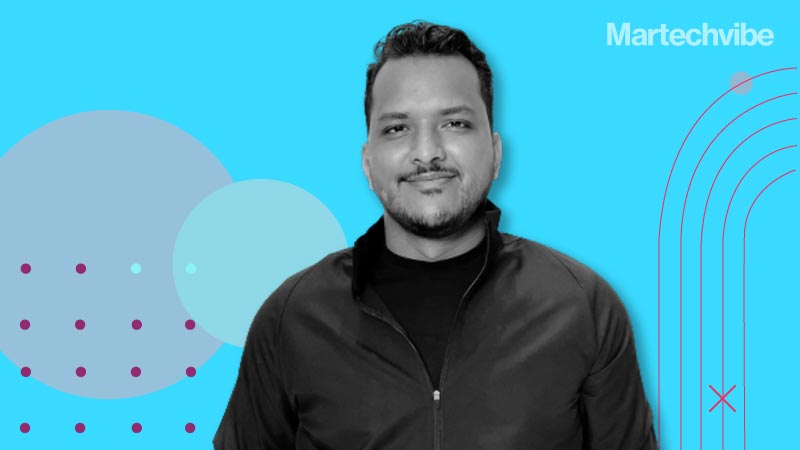Data-Driven Strategy Is The Only Path Forward
Martechvibe chats with Jay Dalvi, General Manager, CleverTap about the challenges and trends in the Middle East “A great omnichannel experience is an outcome of a good data strategy. Particularly first-party data is the biggest challenge we see brands face in this part of the world. Being able to collect, manage, and augment your data over time […]
Topics

Martechvibe chats with Jay Dalvi, General Manager, CleverTap about the challenges and trends in the Middle East
“A great omnichannel experience is an outcome of a good data strategy. Particularly first-party data is the biggest challenge we see brands face in this part of the world. Being able to collect, manage, and augment your data over time is crucial. Most brands struggle because they’re using multiple tools across analytics, segmentation, marketing automation, or A/B testing. Data silos across multiple tools force brands to deliver a substandard experience,” says Jay Dalvi, General Manager, CleverTap.
With the year coming to a close, Dalvi reflects on the challenges and the possibilities ahead. According to him, the Middle East is an exciting place to be in right now, but businesses will face user retention as a major challenge next year, and privacy would be the need of the hour.
Excerpts from the interview:
How can brands leverage Artificial Intelligence (AI) and Machine Learning (ML)?
As the organisation becomes more data mature, it should move to SaaS platforms that offer several AI and ML capabilities. These solutions would not require a tremendous amount of engineering. At scale, I’ve seen brands use AI/ML models to partially automate business decisions like discount coupons, product recommendations, or even PLG decisions to offer free trials for premium features.
What are the omnichannel experience challenges of today? How can brands do better?
A great omnichannel experience is an outcome of a good data strategy. But data, particularly first-party data, is the biggest challenge we see brands face in this part of the world. Being able to collect, manage, and augment your data over a period of time is crucial. Most brands struggle because they’re using multiple tools across analytics, segmentation, marketing automation, or A/B testing. Data silos across multiple tools force brands to deliver a substandard experience.
Tell us more about the Patch acquisition and the growing importance of embed communication channels.
The Patch acquisition is game-changing for us and the industry. Embedded channels like voice and chat are naturally how users communicate today. Patch’s technology, when coupled with our product suite, is going to help brands deliver an unforgettable user experience.
What are some challenges that you foresee for businesses in the region in 2022?
The Middle East is an exciting place to be in right now, and we’re seeing entrepreneurs embrace innovation like never before. Businesses here are also amazing at execution when reinventing models. Having said that, every region has its challenges – user retention will be the biggest challenge and we already know this from leading markets. I’m bullish about META and, on most days, I enjoy having the best seat in the house to witness disruption.
What’s the next MarTech trend that will impact user experience? Give us your prediction going into 2022?
Broadly, I think privacy is the need of the hour. As data governance matures across the region, it will hurt user experience platforms as badly as it has acquisition and attribution platforms earlier. First-party data needs to be used to do more than just user experience — to acquire better users, retain them for a long time and grow LTV.
If you liked reading this, you might like our other stories
Top Marketing Challenges That Brands Faced Amid the Pandemic
How To Foster A Data-driven Culture Within Businesses








































































































